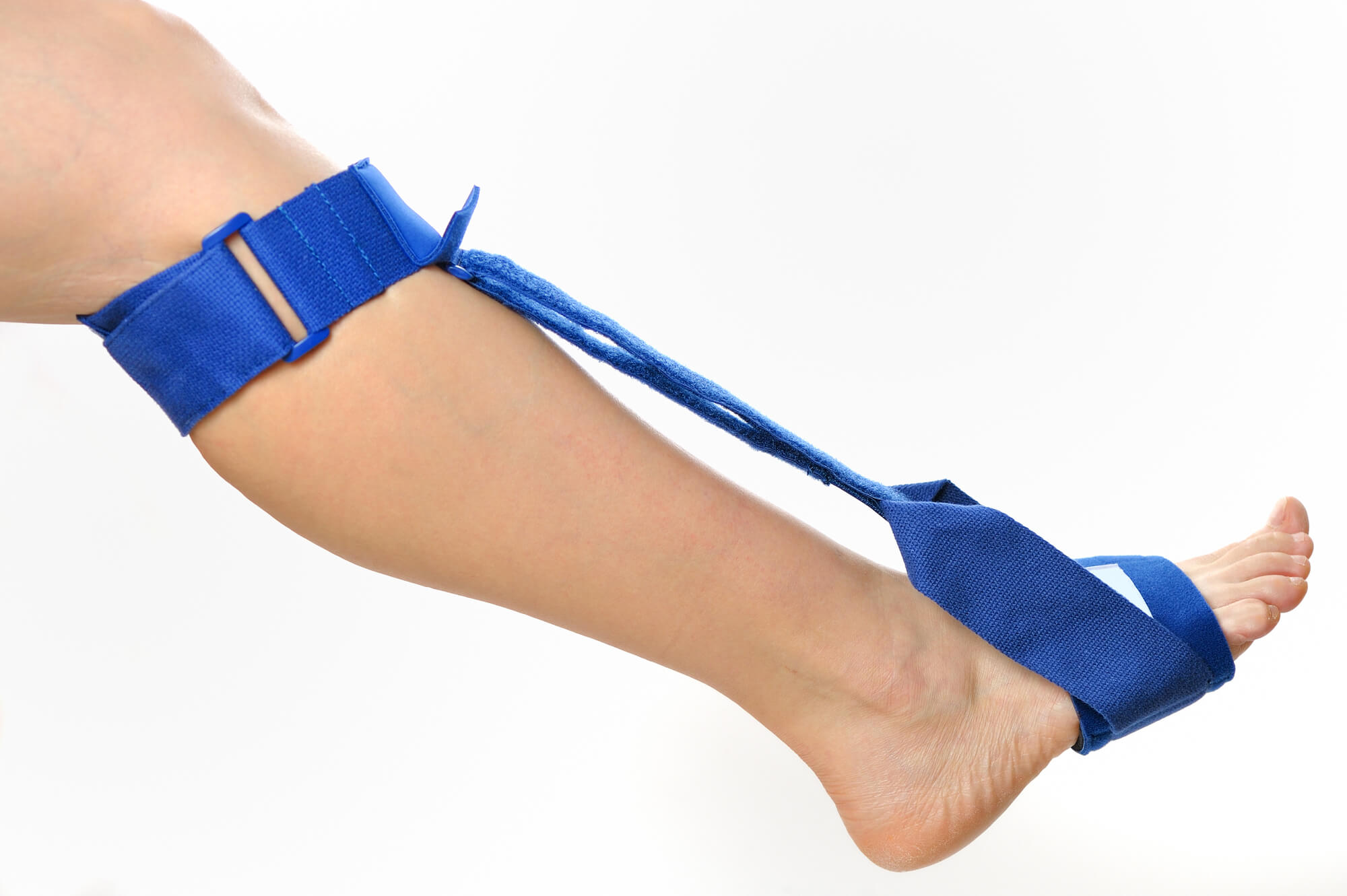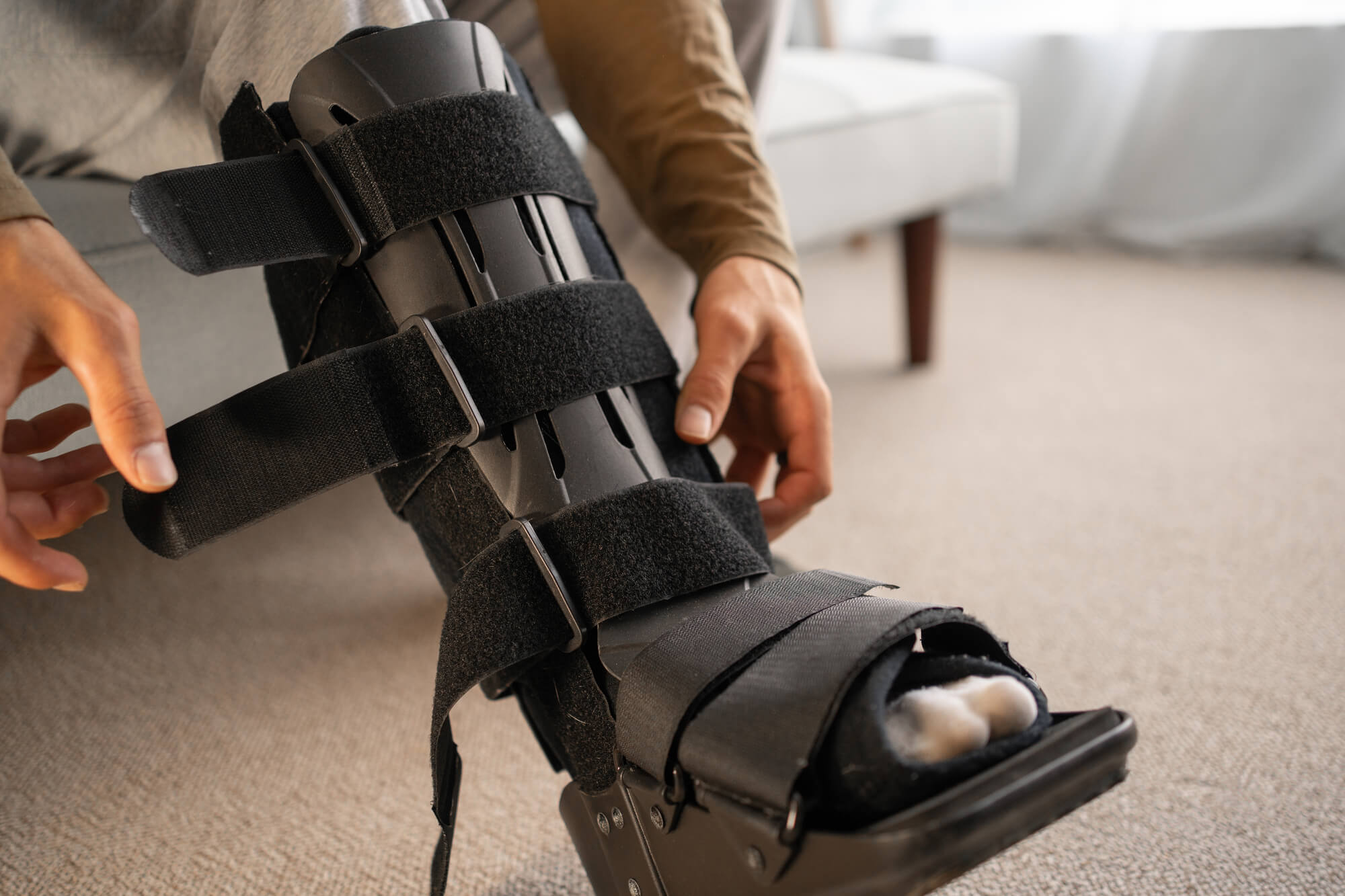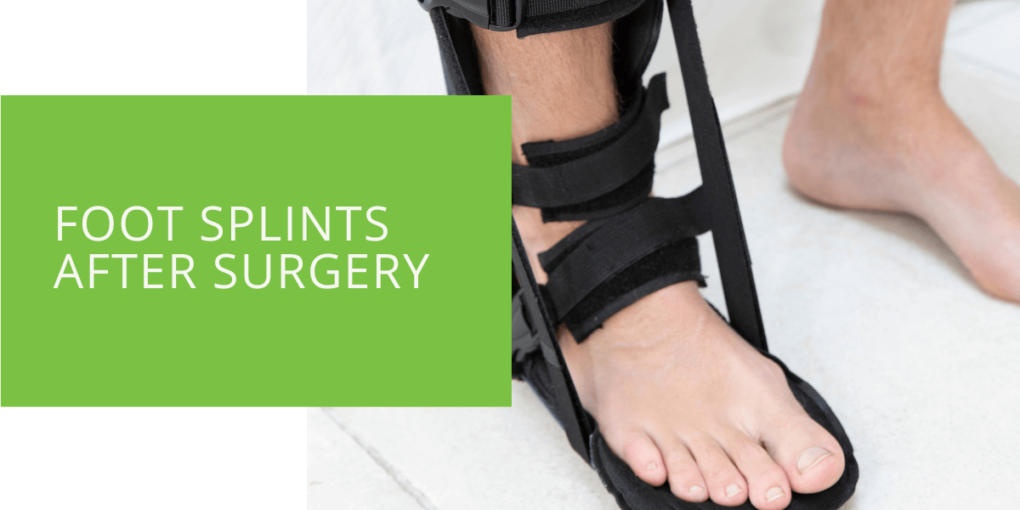Understanding Foot Splints After Surgery
After foot or ankle surgery, the road to recovery often involves using a foot splint. Understanding the role and proper usage of a foot splint is crucial for a successful recovery, whether it's to aid in healing, reduce swelling, or provide support.
Key Takeaways
- Proper usage of foot splints post-surgery is essential for supporting healing, minimizing swelling, and preventing further injury.
- Patients should follow their orthopedic surgeon's instructions closely regarding wearing, adjusting, and caring for the foot splint to ensure a smooth recovery.
- Recognizing signs of complications, maintaining good hygiene, and seeking prompt medical attention for any concerns are crucial aspects of post-surgery foot splint management.
What Is a Foot Splint?
A foot splint is designed to immobilize and support the foot or ankle following surgery or injury. It can come in various forms, such as plaster splints, plastic splints, or adjustable braces. The primary purpose of a foot splint is to stabilize the foot and ankle, allowing the surgical site to heal properly.
The Importance of Foot Splints After Surgery
Supporting Healing and Recovery
Foot splints play a vital role in healing after foot or ankle surgery. By immobilizing the affected area, they prevent excessive movement that could disrupt the healing tissues. This stability promotes proper alignment and reduces the risk of complications.
Minimizing Swelling and Pain
One of the common side effects of foot or ankle surgery is swelling. A foot splint helps reduce swelling by compressing and supporting the injured area. This, in turn, alleviates pain and discomfort, allowing patients to move more comfortably during the recovery period.
Preventing Further Injury
After surgical intervention, the foot or ankle is vulnerable to additional trauma. A foot splint acts as a protective barrier, shielding the surgical site from accidental bumps or knocks. This reduces the risk of re-injury and ensures a smoother recovery process.

Post-Surgery Instructions for Using a Foot Splint
How to Properly Wear and Adjust the Splint
Following surgery, your orthopedic surgeon or healthcare provider will provide specific instructions on wearing and adjusting your foot splint. Following these instructions carefully is essential to ensure proper immobilization and support.
Understanding Restrictions and Limitations
While wearing a foot splint, certain activities may need to be restricted or modified to prevent complications. Your surgeon will advise you on any weight-bearing restrictions, movement limitations, or other precautions to follow during recovery.
Importance of Following Orthopedic Surgeon's Recommendations
Your orthopedic surgeon is your best resource for post-surgery care and recovery guidance. Be sure to follow their recommendations regarding using your foot splint and any other medications or therapies prescribed for your recovery.
Managing Swelling with a Foot Splint
Techniques for Reducing Swelling While Wearing a Splint
In addition to wearing your foot splint, there are several strategies you can use to reduce swelling post-surgery. Elevating your foot above heart level, applying ice packs, and taking prescribed medications can all help minimize swelling and discomfort.
Importance of Elevation and Ice Therapy
Elevation is particularly important in reducing swelling. By keeping your foot elevated above the level of your heart, you encourage the drainage of excess fluid from the surgical site. Ice therapy can also help constrict blood vessels and reduce inflammation, providing additional relief.
Showering and Hygiene with a Foot Splint
Tips for Keeping the Splint Dry During Showering
While wearing a foot splint, it's essential to keep it dry to prevent complications such as infection or skin irritation. You can use a plastic bag or waterproof cover to protect the splint while showering, ensuring no moisture penetrates the cast or splint.
Recommendations for Maintaining Hygiene
Maintaining good hygiene is crucial during the recovery period. Keep the area around the surgical site clean and dry, and avoid applying any lotions or creams directly to the splint unless directed by your healthcare provider.

How to Accommodate Daily Activities with a Foot Splint
Using Crutches or Other Assistive Devices
Depending on the extent of your surgery and your surgeon's recommendations, you may need to use crutches or a walker to assist with mobility while wearing a foot splint. Be sure to use these devices correctly to prevent falls or further injury.
Understanding Activities That May Need to Be Modified or Avoided
Certain activities may need to be modified or avoided while wearing a foot splint to prevent damage or discomfort. Your surgeon will advise you on any restrictions regarding weight-bearing, driving, or participating in physical activities during recovery.
Rehabilitation and Physical Therapy with a Foot Splint
Importance of Following Rehabilitation Program
Rehabilitation and physical therapy are essential components of the recovery process after foot or ankle surgery. Your healthcare provider will design a customized rehabilitation program to help restore strength, flexibility, and function to the affected area.
Incorporating Exercises and Stretching While Wearing the Splint
Even while wearing a foot splint, engaging in gentle exercises and stretching is important to promote healing and prevent stiffness. Your physical therapist can recommend specific exercises that are safe and appropriate for your condition.
Follow-Up Appointment and Discharge Instructions
What to Expect During Follow-Up Appointment
During your follow-up appointment with your orthopedic surgeon, they will evaluate your progress and determine whether any adjustments need to be made to your treatment plan. This may include removing the foot splint, transitioning to a different support device, or starting physical therapy.
Criteria for Splint Removal or Transition to a Different Support Device
Your surgeon will assess various factors, such as the extent of healing, the resolution of swelling, and your overall comfort level, to determine when it's appropriate to remove the foot splint or transition to a different support form.
Providing Less Support Than Casts: Understanding the Differences
Foot splints provide less rigid support than traditional casts, allowing for some degree of movement and adjustability. While this can be more comfortable for some patients, it's essential to understand the differences and follow your surgeon's recommendations for proper use.
Troubleshooting Common Issues with Foot Splints
Dealing with Velcro Straps or Other Fastening Mechanisms
If you experience any discomfort or irritation from the foot splint's fastening mechanisms, such as Velcro straps, adjust them accordingly. You may need to loosen or readjust the straps to achieve a comfortable fit.
Addressing Discomfort or Irritation
It's normal to experience discomfort or irritation while wearing a foot splint, especially during the initial stages of recovery. However, if you experience excessive pain, swelling, or redness, contact your healthcare provider for further evaluation.
Knowing When to Loosen or Adjust the Splint
As your swelling decreases and your condition improves, you may need to loosen or adjust the foot splint to accommodate changes in the size or shape of your foot. Your surgeon can guide you on when and how to make these adjustments safely.
When to Call the Office: Signs of Complications or Concerns
Recognizing Signs of Infection, Allergic Reaction, or Poor Healing
It's essential to be vigilant for any signs of complications or concerns during recovery. This includes increased pain, excessive swelling, redness, warmth, or drainage from the surgical site, which may indicate an infection or other medical issues.
Importance of Prompt Communication with Healthcare Providers
If you experience any worrisome symptoms or have questions or concerns about your recovery, don't hesitate to contact your healthcare provider. Prompt communication ensures that any issues can be addressed promptly, reducing the risk of complications and promoting optimal healing.
Conclusion
Our team at ePodiatrists understands the importance of proper post-surgery care and rehabilitation. Foot splints are crucial for healing and promoting a successful recovery following foot or ankle surgery. If you have questions or concerns about using a foot splint or need personalized instruction and guidance, don't hesitate to schedule an appointment with our experienced orthopedic surgeons. We're here to provide expert care and support every step of the way.

